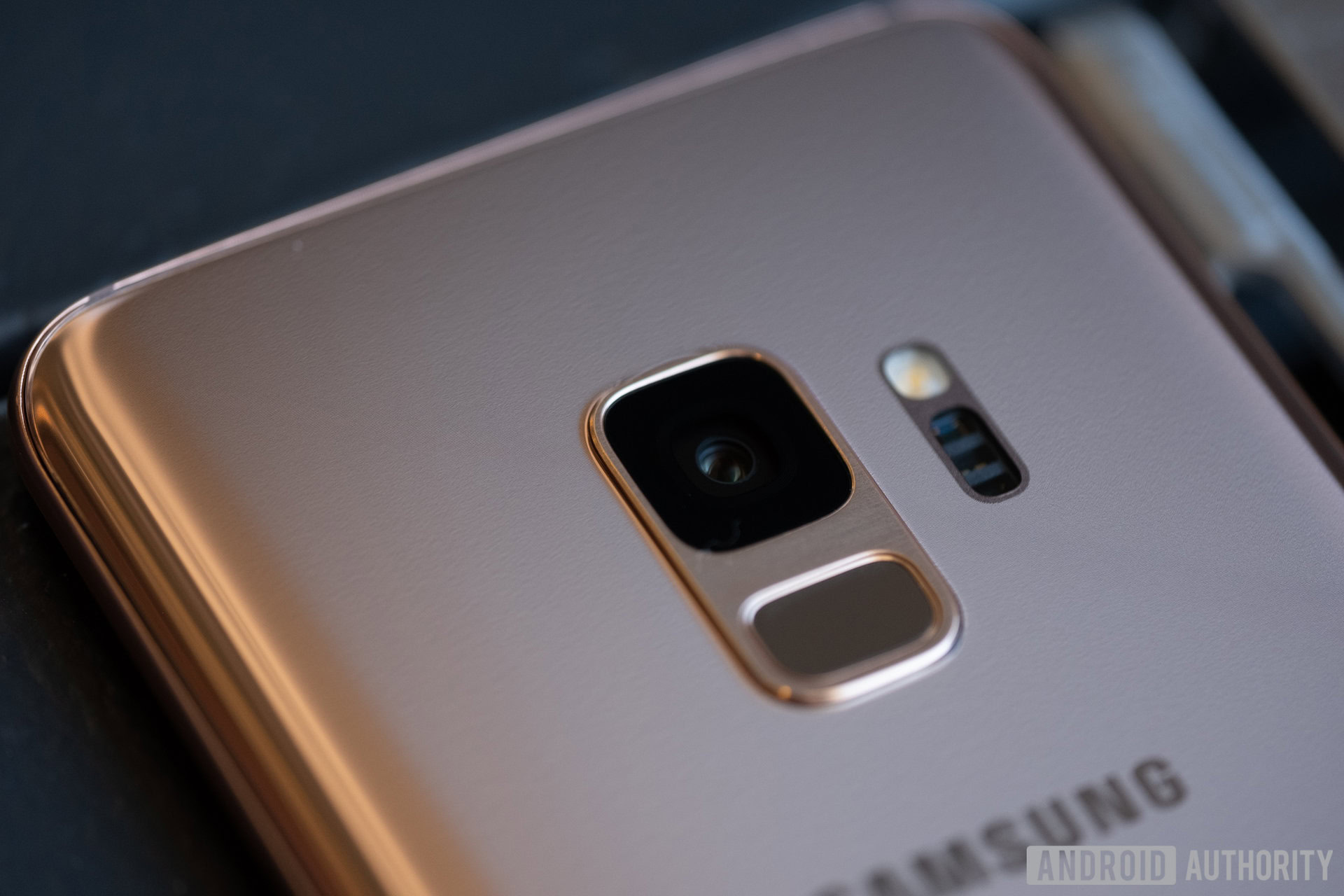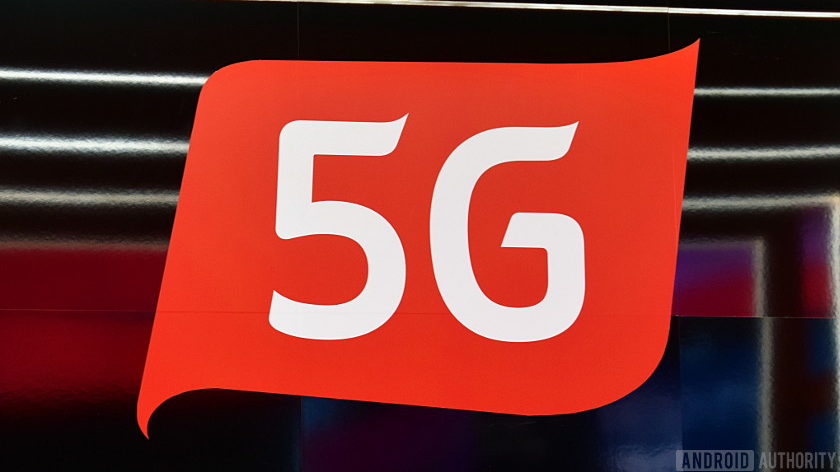Affiliate links on Android Authority may earn us a commission. Learn more.
Galaxy S10 may eschew current in-display fingerprint tech and go ultrasonic

- A recent report suggests Samsung will include ultrasonic in-display fingerprint sensors on its high-end devices next year.
- Ultrasonic sensors are able to produce a 3D image of a fingerprint.
- The in-display fingerprint sensors found in vivo, HUAWEI, and Xiaomi devices use optical technology.
A recent report has suggested that Samsung will use ultrasonic in-display fingerprint sensors in its high-end phones next year. According to analyst Ming Chi Kuo (via 9to5Google), the ultrasonic sensors will appear on the two high-end versions of the Galaxy S10 (a third, entry-level Galaxy S10 is also tipped tipped to launch), the most high-end version of the Galaxy A series, and the Galaxy Note 10.
This fits in with previous rumors that suggested Samsung had turned to Qualcomm to supply ultrasonic fingerprint sensor tech for the Galaxy S10. Qualcomm announced that it was working on ultrasonic fingerprint sensors last year. At the time, the scanners were expected to reach commercialization by this summer.

Ultrasonic fingerprint sensors differ from optical or capacitive sensors in that they use ultrasonic sound to produce a 3D image of the fingerprint. A transmitter shoots out an ultrasonic pulse through the display and onto the finger, and the waves that bounce back are picked up by a sensor which can identify the unique details of the fingerprint.
While the upcoming Samsung devices won’t be the first Android phones to feature in-display fingerprint sensors, they may be among the first to feature ultrasonic sensors. Existing Vivo, Huawei, and Xiaomi phones that have in-display fingerprint sensors use optical sensors from Goodix or Synaptics.
Samsung presumably believes ultrasonic sensors are better than the optical ones already available. Whether that’s true, and whether Samsung will indeed use the technology, we’ll probably have to wait until next year to find out.
Next up: vivo Nex review: Frustratingly imperfect, undeniably desirable